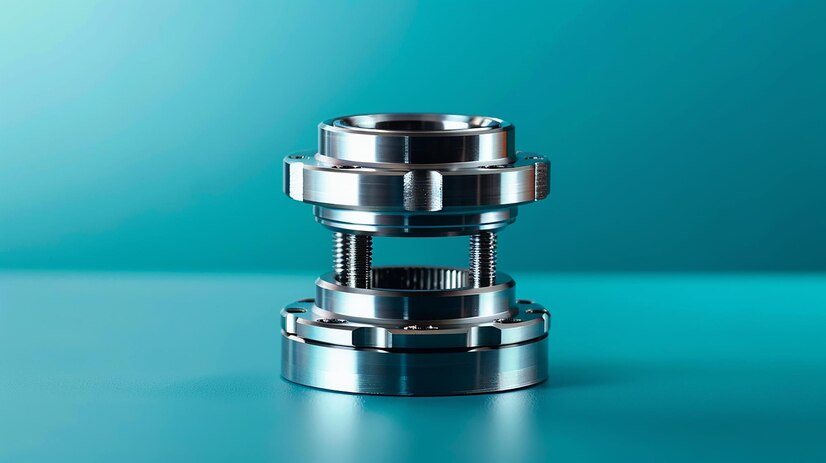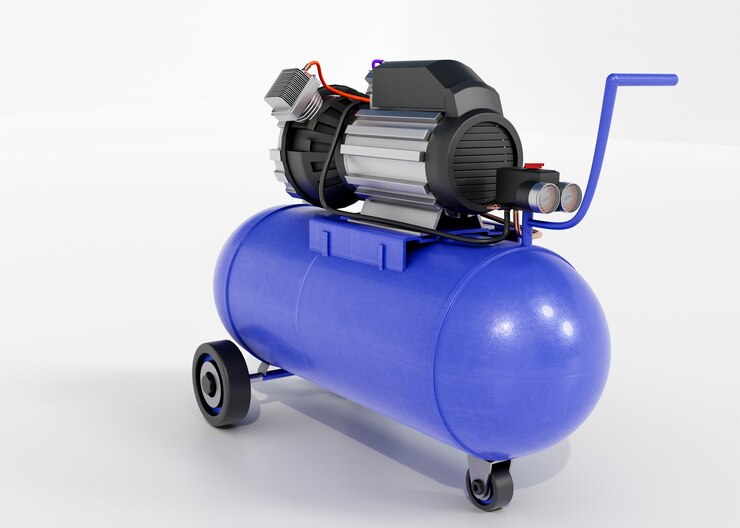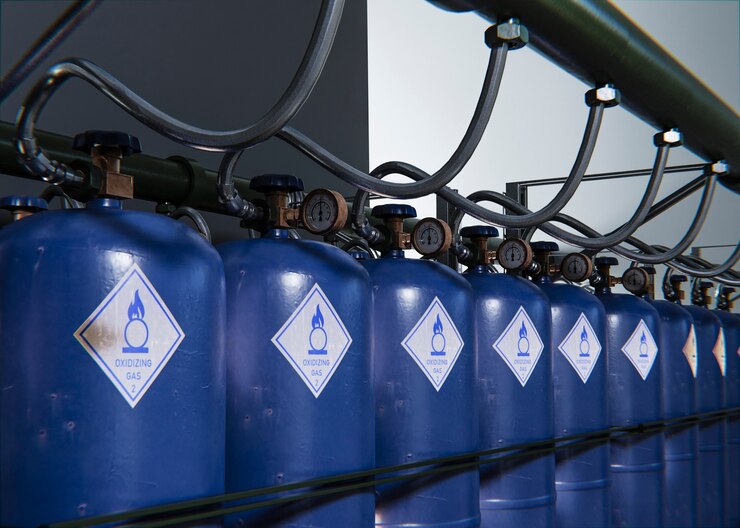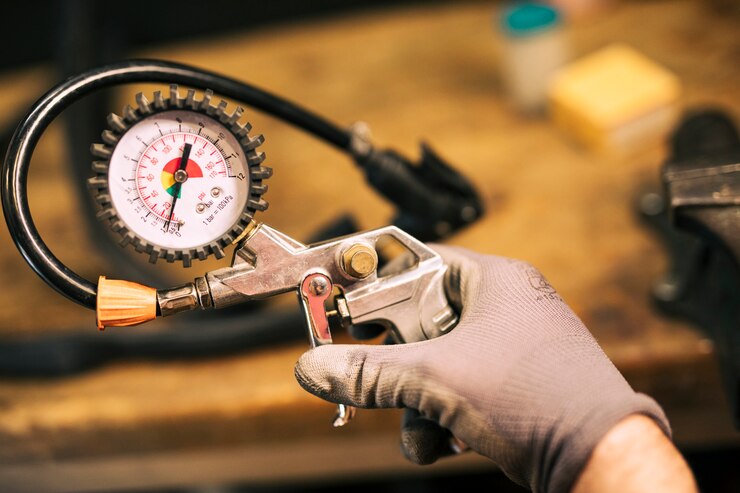The Essential Guide to Piston Ring in Reciprocating Compressor
A Comprehensive Guide
The piston ring is the most influential factor concerning the smooth working of reciprocating compressors. These small but important components enable efficient gas compression and minimize gas losses. This article will therefore endeavor to explain the details of the piston rings, the available types, the materials used, how to maintain them, and much more. Now, it is time to take a deep dive into piston rings in reciprocating compressor and question how we can unleash their potential to make industrial equipment more efficient.
What is a Piston Ring?
A piston ring in reciprocating compressor is a mechanical gasket that is lodged in the piston of a reciprocating compressor. It plays a vital role in separating the piston from the cylinder and also in providing a seal-off to the combustion chamber to enable the compression of gases. One of the most critical functions of the piston ring is to shape a snug fit to increase the volumetric efficiency and to reduce the gases’ escape.
The Use of Piston Rings in Reciprocating Compressors
The piston ring performs several essential functions:
Sealing: By sealing the space between the piston and cylinder, piston rings allow the efficient working of the compressor. Since the compression ratio relies on maintaining a hermetic seal, it is essential to achieve this.
Heat Transfer: Some of the piston rings’ functions include the convection of heat from the piston to the cylinder wall so that the compressor runs at appropriate temperatures.
Oil Control: Oil scraper rings for example control the amount of oil that gets into the combustion chamber in piston rings. This keeps the oil out of the cylinder, thus avoiding large amounts of contaminants in the engine to compromise its efficiency.
Minimizing Wear and Tear: Minimizing the contact pressure between the sliding piston and stationary cylinder, piston rings also increase the service life of both the piston as well as the cylinder.
Types of Piston Rings
Piston rings are of different types and each type is designed to perform a particular task. Here are the main types:
Compression Rings
These are the first forms of piston rings aimed at preventing leakage of the gas within the chamber of combustion. They are designed to maintain high pressure and temperature thereby delivering a high level of gas compression.
Oil Scraper Rings
Oil scraper rings are principally used for reducing oil consumption where they get to work by scraping the cylinder wall. It keeps oil away from the combustion chamber thus protecting the performance and efficiency of the vehicle.
Dykes Rings
These are special rings, which contribute to sealing and, at the same time, meet the requirement of controlling the oil. O-rings are applied where tight tolerance and inherent resistance to pressure are required, which is typical for high-performance engines and compressors.

Type of Materials Used for Piston Rings
Selection of the type of material to be used in the piston rings is very important in determining the efficiency and the expected working periods. Here are some common materials used:
Cast Iron
Piston rings are mostly made of cast iron because of its high wear resistance and high strength. It is very resistant to high temperatures and pressure, and iron hence used to immerse in many industrial compressors.
Graphite
One more application of graphite is in some piston rings, where it falls down lubrication. It also contributes to a decrease in the tendency to get easily worn, subsequently increasing the durability of the piston ring.
PTFE
PTFE refers to high-performance polymer material that is excellent in sealing properties. PTFE piston rings offer low wear characteristics of the rings and a good seal for the cylinder.
The Importance of Piston Ring Design
There is a lot of significance regarding the design of a piston ring. These features may include the thickness of its walls, shape and geometric accuracy as well as the surface finish of any particular constituent part that influences the compression ratio and the volumetric efficiency of the compressor.
Optimization Techniques
Engineers never stop designing piston rings to enhance efficiency. This includes:
• Profiling: Modifying the profile of rings to increase sealing effectiveness and reduce gas leakage to a minimum level.
• Surface Treatments: Coating surface is perhaps the most common method of decreasing friction in mechanical systems or simply reducing wear.
• Material Innovations: Innovating in superior materials that give better performance and lasting capacity.
Piston Ring Maintenance Tips
It is therefore important to keep checking on piston rings to increase the lifespan of your reciprocating compressor. Here are some handy tips:
Regular Inspections
Perform periodic assessments of piston rings to determine the extent of their degradation. These are likely to be obvious burn lines and grooves, missing or thin face coatings, signs of scoring or cracking, and any visible wear pattern different from the rest of the disk.
Lubrication
It is also important that the lubrication within the compressor is in proper working order. Effective management of the lubrication system means that friction is eliminated and the life span of the piston ring is further prolonged.
Replacement Guidelines
Based on the given recommendations it is good practice to replace piston rings as recommended by the manufacturer. Closely observe their parameters so that you will be able to decide that it is time for replacement.
Addressing Gas Leakage
When you begin to observe a downward trend in efficiency, you should follow the signs of gas leakage. That is why proper actions should be taken immediately to stop the further worsening of the situation and reach a maximum level of productivity.
The Cost of Piston Ring Replacement
It is valuable to know the cost incurred when it comes to piston ring replacement for proper planning for the same. Factors that influence the cost include:
• Type of Compressor: Some compressors are costlier when it comes to the replacement of parts as well as the working charge.
• Material Used: The material used on piston rings can sometimes be a dynamic factor affecting the general costs.
• Labor Charges: In some cases such as in the installation process they may need skilled labour thus increasing the total cost.
Selection Guide for a Compressor Piston Ring
This is why great care must be taken when choosing the right piston ring suitable for high performance. Consider the following when making your choice:
Compression Requirements
Determine what kind of compression your compressor needs in detail. This will act as a guide when choosing the right piston ring type and its design.
Material Suitability
Is the material used in piston rings suitable for evaluation? Closely related to this, ensure they are suited for operation under the conditions that are required for your compressor.
Manufacturer Recommendations
Ask the manufacturer for suggestions regarding piston rings and their proper usage and care.
Conclusion:
Piston rings play a vital role in the operation of reciprocating compressors. From sealing gas to managing lubrication, these components are essential for efficiency and longevity. By understanding their function, types, materials, and maintenance, you can ensure your compressor operates smoothly and efficiently. Regular inspections and timely replacements will keep your machinery running at its best. For more information about reciprocating compressors and piston rings, feel free to explore our resources at LEIYAO.


